
Duty manager: Sam Grogan
Store: Sainsbury’s Dundee
Opened: 2001
Size: 41,766 sq ft
Market share: 7%
Population: 199,928
Grocery spend: £40,903,560
Spend by household: £439.97
Competitors: 41
Nearest rivals: Aldi 1.6 miles, Asda 1.4 miles, Co-op 1.3 miles, Iceland 1.3 miles, Lidl 1.7 miles, M&S 1 mile, Morrisons 2.3 miles, Sainsbury’s 4.3 miles, Tesco 1.1 miles, Waitrose 38.2 miles
Source: CACI. For more info visit www.caci.co.uk/contact. Notes: Shopper profiling is measured using Grocery Acorn shopper segmentation. Store catchment data (market share, population, expenditure, spend by household, competition) is within a five-mile radius. For CACI’s shopper segmentation of the other stores we visited this week see the online report at www.thegrocer.co.uk/stores/the-grocer-33
You are the third Dundee store to win this year, after Tesco and Asda. What makes Dundonians such great retailers? It’s probably the industrial history of the city. There’s a strong work ethic here which really helps any store manager. Dundee is really vibrant. This is actually my third Grocer 33 win – or I should say the third time that one of my teams have won it. Although last time this store won it I was on holiday, so technically that doesn’t count.
What’s unique about this store? Aldi Price Match is really important here. This store has traded for the last 20-odd years without any direct, local, close competition. But last August an Aldi opened around 500 yards across the road. It’s given us some real challenges to face into and we’ve used the Aldi Price Match, along with Nectar, to engage customers and colleagues. We’re still in growth, week on week and year on year. That speaks volumes, not just to the store but to the value proposition as well.
Has Sainsbury’s work on value made it easier to compete with the discounters? Historically Sainsbury’s has always had a challenge around price position, but that’s moved significantly over the last five to six years. We hear customers talking all the time now about being cheaper than Asda or Tesco. That’s an extremely strong position to be in. As a store, we talk about being the best in town a lot, and that includes being better than Aldi. A really important part of our ‘best in town’ strategy is that I make my team visit our competitors regularly. It’s important to see and it gives us lots to work on.
Sainsbury’s is working to grow its market share in Scotland, how? We are doing lots of work on regionality – as a recent example of that, last week we began putting Scottish saltire flags on our raspberry and strawberry packaging. This is a fruit growing area; the raspberries are produced literally two miles from the store, and we want to show our customers that we support local growers. It’s a powerful message – raspberry sales have probably doubled already.
What else sells well here? It’s anything on Nectar Prices. The breadth of lines available generate a lot of volume for us and have become such a key part of what we offer. Our Taste the Difference lines are also really pushing on at the moment.
What’s changed in store since the last win? The most noticeable thing has been the introduction of on-demand. Adapting to the pace of growth has been our biggest challenge – when we first started it felt quite comfortable, but we’ve had to change the way we work to cope with what can be peaky demand. Alongside that we’ve adapted space significantly to give more space to bestselling lines. The company-wide refit programme hasn’t landed at Dundee yet, so it’s been a lot of more localised decisions, based on what sells well here.
Kantar figures this week suggested shoppers are tightening their belts, what’s trade like locally? I wouldn’t say people are pulling their purse strings, but they are keeping better control of their finances. Increasingly, whenever we have a big event like Mother’s Day or Valentine’s Day, we trade up significantly. Particularly over the last 12 months, the big trolley shop is resurgent.


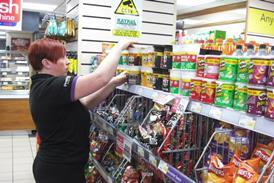

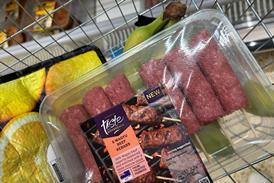

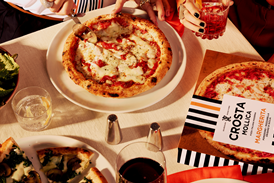

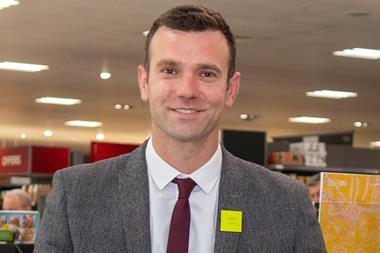
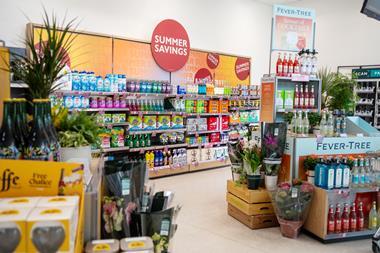
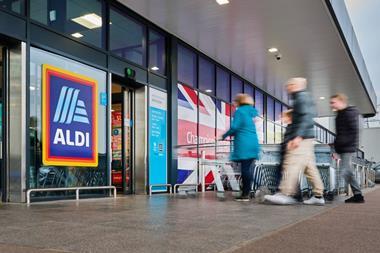


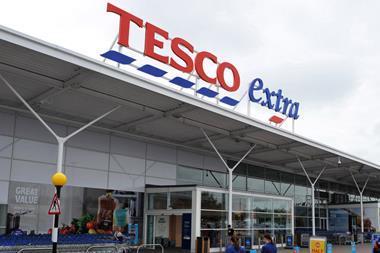


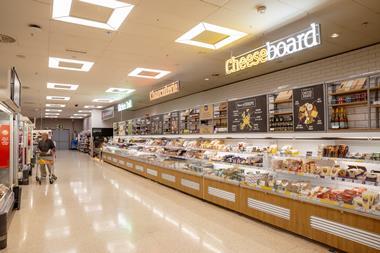

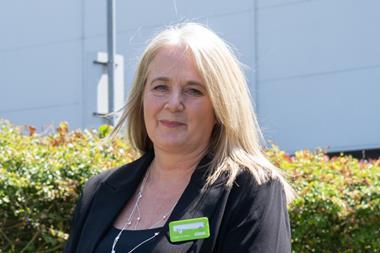
No comments yet